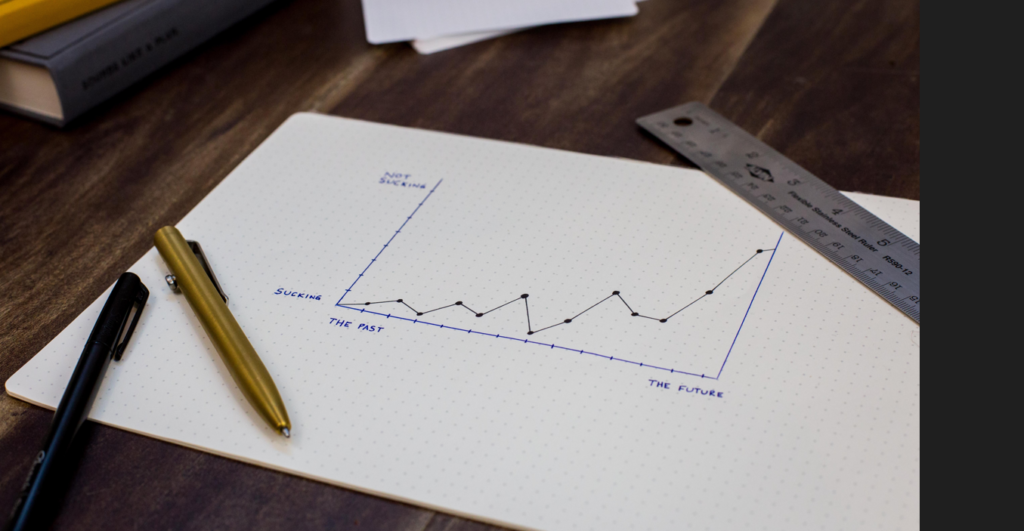
In my previous article, I tried to explain I had tried to explain the subject “The benefits of knowing Excel, SQL, and Python programs are incredible for becoming a business intelligence expert” to you. In this article, I will try to explain the differences and similarities between data analysis and business intelligence concepts, which are often confused by many people.-Data Analysis BI Differences-
Data analysis and business intelligence (BI) are two distinct concepts used to analyze data and gain meaningful insights. While both have similar objectives, there are some important differences between them.
Purpose:
- Data Analysis: Data analysis is a process used to understand the meaning of data. It involves techniques and methods for collecting, cleaning, analyzing, and interpreting data. The purpose of data analysis is to extract meaning from data and incorporate these insights into the decision-making process. Those who perform data analysis are called data analysts.
- Business Intelligence (BI): Business intelligence is the process of using data to improve business performance. BI encompasses not only data analysis but also data visualization, reporting, and BI applications. The goal of BI is to help businesses better understand their data and use this information to make informed decisions.
Key Differences:
- Scope: Data analysis includes techniques for analyzing data. BI, on the other hand, includes data analysis along with data visualization, reporting, and BI applications.
- User Audience: Data analysis is typically conducted by data scientists, data analysts, and specialists working on specific projects. In contrast, BI is used by business managers, top executives, and various users within the organization. Therefore, BI has a broader user base.
The Relationship Between Data Analysis and Business Intelligence:
- Data analysis and business intelligence are complementary concepts. Data analysis forms the foundation of BI. BI applications make the results of data analysis accessible and understandable to business managers and decision-makers.
- For example, a business can analyze customer data to determine which products or services customers are purchasing and how frequently. This information can help improve marketing and sales strategies. BI applications can then visualize and report this data for business managers and decision-makers to easily understand and act upon.
Similarities:
- Data Visualization: Both data analysis and BI involve presenting data using visual tools such as charts, tables, and dashboards. Visualizations make data more understandable and accessible.
- Data Analysis: Both fields involve the examination of data. They share common goals, such as delving into data, identifying trends and patterns, defining problems, and finding solutions.
- Decision Support: Both data analysis and BI assist decision-makers in making better, data-driven decisions. They are crucial for an organization’s strategic guidance.
In Summary: Data analysis focuses on addressing specific and narrower issues, while BI supports an organization’s broader performance and strategic guidance. BI encompasses a larger data ecosystem and is designed for a wider user base.
Both data analysis and BI use data visualization, data analysis techniques, and support decision-making. Understanding the differences and similarities between these two fields is essential for effectively using data to drive business success.
Data Analysis BI Differences
AHMET GÜNOĞLU
ERP Consultant and Business Intelligence Expert
https://www.ahmetgunoglu.com/blog
https://medium.com/@ahmetgunnnnn